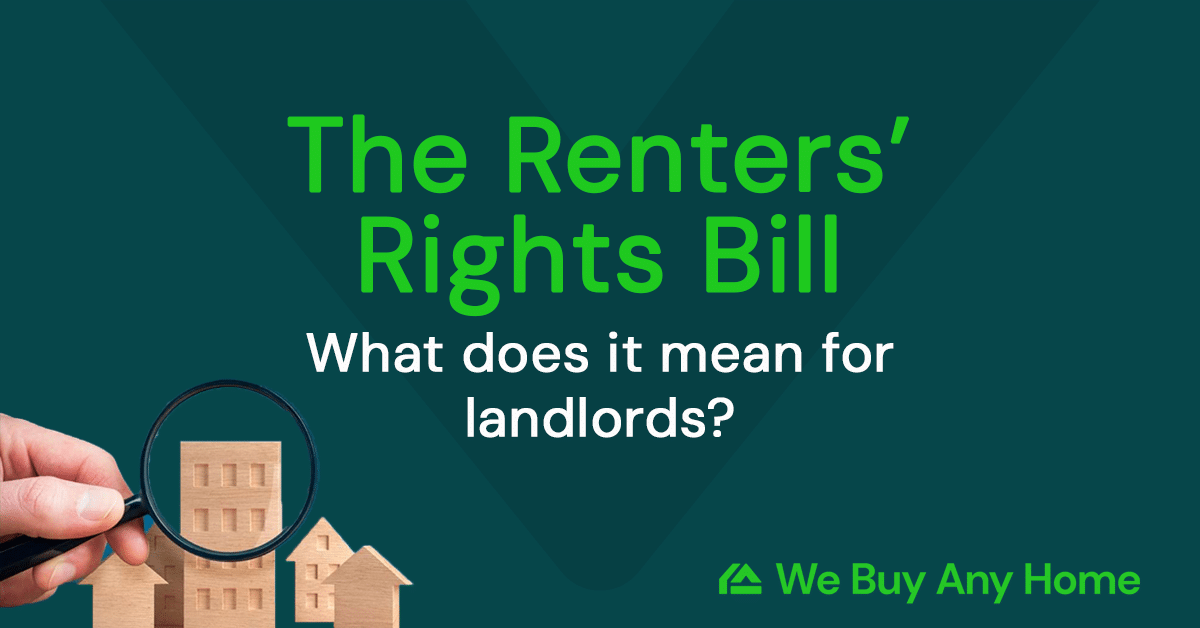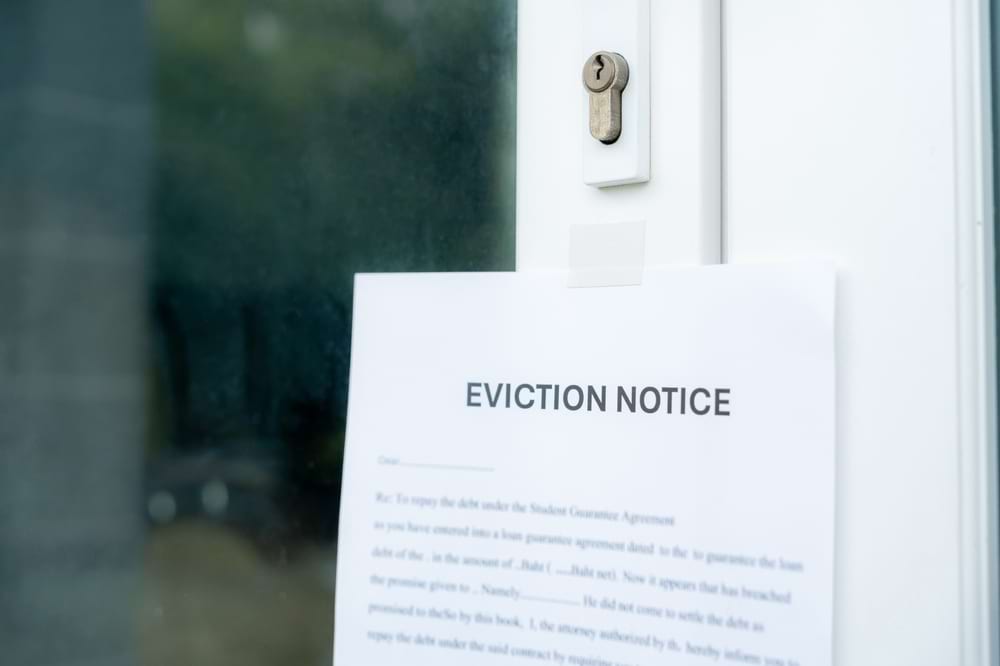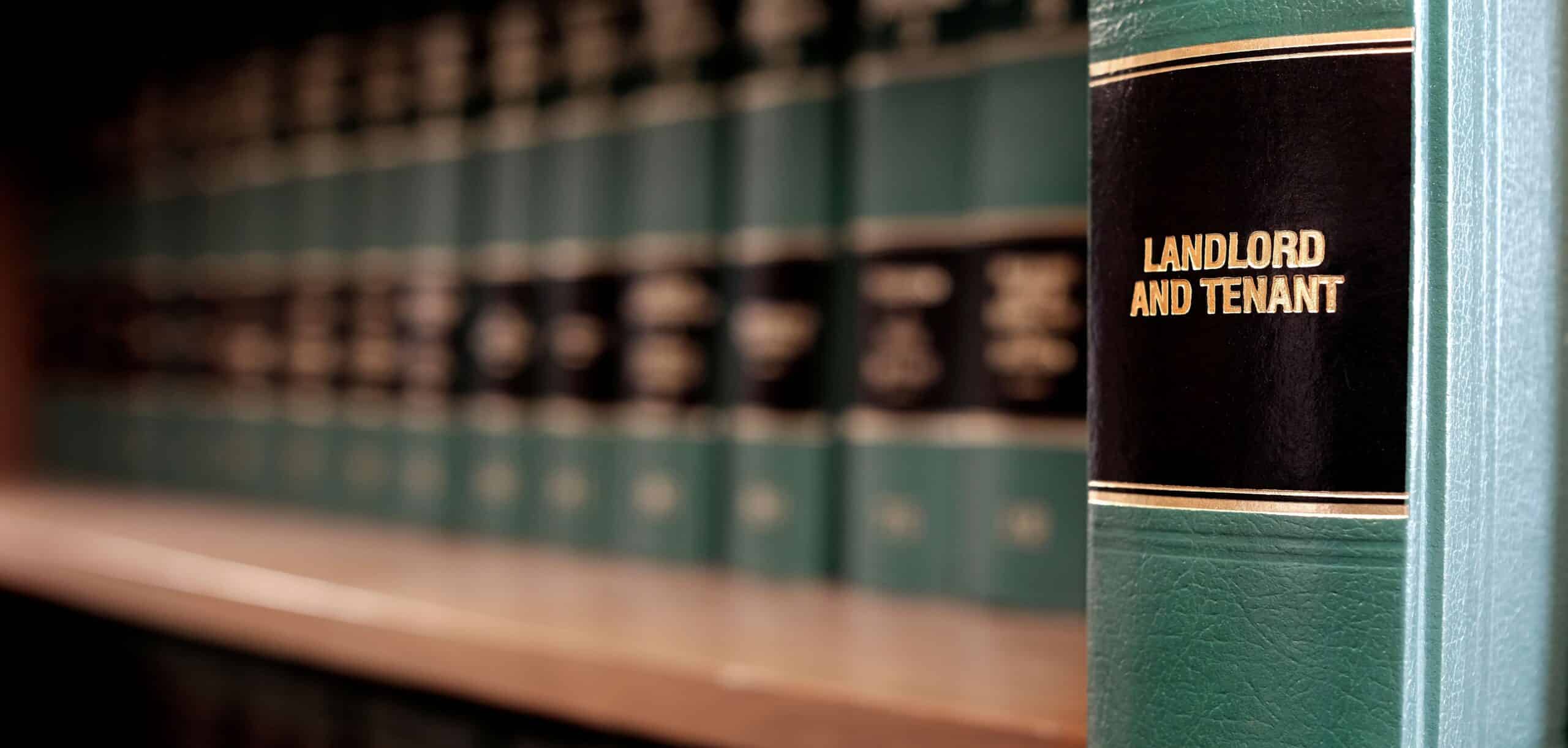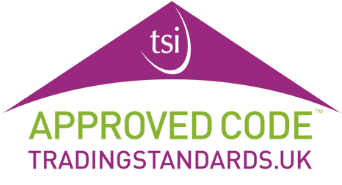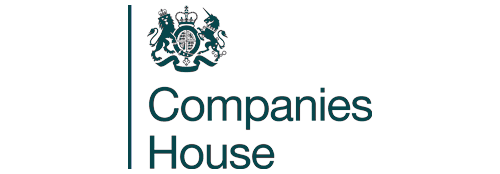Renting out your property can be a great way to make money.
However, it depends largely on your rental yield.
It’s crucial to consider this metric as a landlord.
So, what is rental yield? And what counts as a good rental yield in the UK?
Let’s take a look.
What is rental yield?
Rental yield is a measure of the return on investment (ROI) you receive from renting out a property.
It’s an estimate of what a property is expected to return. You cannot control tenants moving out unexpectedly or an economic slump.
Rental yield factors
Each location in the UK has a unique rental yield. Three key factors determine this percentage.
1. Rental income
Expected rental income is one of the main factors. This is unique for each property, but an average is often calculated for an entire area.
2. Property value
The value of your property has a significant impact on the rental yield. Rental income is expressed as a percentage of the house value.
Properties with lower prices but higher rental incomes tend to yield the best returns.
Meanwhile, owning an expensive property is useless if the rental income isn’t comparatively higher as well.
3. Costs
Numerous costs are associated with owning and operating a rental property. These will eat into the venture’s profitability.
Local costs tend to be lower in the north-west and north-east of England when compared to Central London.
This contributes to property ownership in the north, often resulting in a higher rental yield.
Example
If a house is valued at £100,000 and generates £4,000 in rent per year, then its rental yield is 4%.
In other words, 4% of the property’s value is generated through rental payments each year.
The importance of rental yield
Almost all property investors are concerned about the rental yield in a particular area.
The number demonstrates how profitable it is to let out a house in a location, i.e., whether a property is a good investment or not.
The higher the rental yield, the more attractive a location is to landlords.
Considering things from another perspective, locations with the highest rent prices don’t necessarily offer the best return on investment.
This is because there are much higher costs associated with it.
Finding out the rental yield for an area
You can usually work out this figure by yourself.
To find out the rental yield in a location, you need two numbers:
- The average rental income
- The typical property price.
That’s only if you want to calculate the ‘mean’, encompassing both the high and low end of the market.
These numbers are publicly available through Government data, platforms like Zoopla, or estate agencies.
You could also complete this exercise for an individual property. You’ll need to know what it can be rented for and what the selling price is.
This can serve as a useful benchmark when comparing it to other houses.
Local estate agents may be able to give you the rental yield for a particular area without you doing the research and calculations yourself.
There’s no harm in asking.
What is a good rental yield UK?
Most experts agree that a rental yield of 5% or higher is considered ‘good’. Once the number goes above 6%, it’s considered ‘very good’.
Property investors will often focus on buying houses in areas with a rental yield above 5%.
Parts of the UK with the best rental yields
Almost all the locations with the best rental yields are in the north of England or Scotland.
According to Zoopla, Sunderland currently has the best rental yield in the country, at 8.96%.
Aberdeen has the second-highest rental yield, at 8.03%, while Burnley ranks third at 8%.
The next highest performers are:
- Middlesborough
- Blackburn
- Hull.
Parts of the UK with the worst rental yields
The region in the UK with the worst rental yield is London.
Zoopla data indicates that the city has a 4.93% rental yield, which is the worst of all the regions in the country.
There are only a couple of exceptions, such as Barking and Dagenham, which has a 6.22% rental yield.
The other major cities with a poor rental yield are Oxford and Cambridge.
The latter has the worst rental yield in the country, at 4.5%, while the former ranks at 4.79%.
Other locations low on the list include:
- Southend
- York
- Brighton.
Improving a property’s rental yield
Increasing your rental income
On paper, this is the most straightforward way to improve rental yield.
However, in practice, it isn’t always simple. Certain conditions need to be met before rent can be raised.
For example, you must honour tenancy agreement you currently have in place with sitting tenants.
Increase your property’s value
Increasing your property’s value is another option. There are many ways to do this, including:
- Redecoration
- Renovation
- Extensions.
But be sure to manage this carefully. Not each improvement will pay off in the short term.
Convert to a HMO
Converting it into a house in multiple occupation (HMO) may also be an option, provided your property meets the required standards.
Whilst this does increase rent yield, it also adds more administrative tasks and risks shorter-term tenancies.
Reducing your expenses
There are several ways to reduce your expenses. If you have enough properties, hiring a property management company could be useful.
Ensuring that your house is never vacant and finding ways to lower your property expenses will also help.
